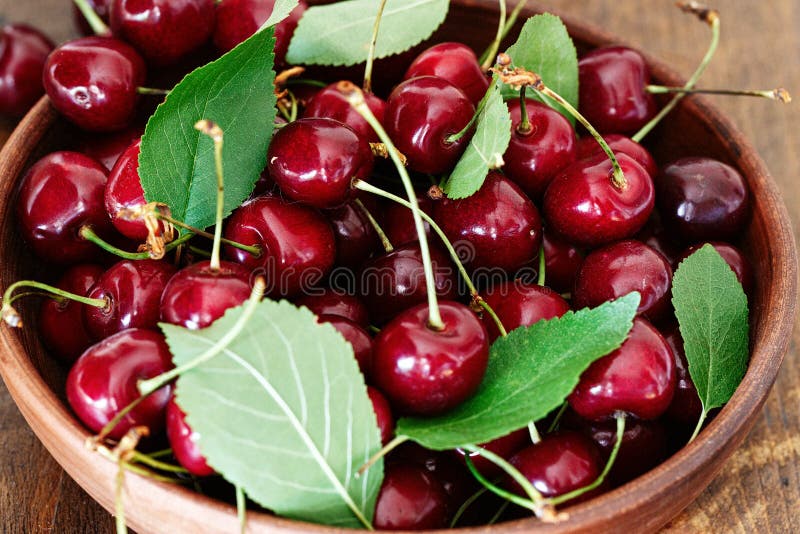
The acreage of lettuce rose from 286,000 to 343,000, but the acreage of asparagus fell from 74,000 in 1997 to 30,000 in 2017, the acreage of green onions fell from 15,000 to 6,800, and acreage of bell peppers fell from 56,000 to 49,000.Įmployment in many fruits and vegetables agriculture rose over the past three decades due to rising yields. The acreage of apples fell from 454,000 to 382,000 in 2017 and the acreage of all oranges from 842,000 to 603,000. The acreage of cultivated blueberries rose from 23,000 to 113,000 between 19, and the acreage of strawberries rose from 45,000 to 60,000. The acreage of the most labor-intensive fruits rose over the past three decades. However, the consumption of lettuce fell from 30 pounds per person to 25 pounds between 19. The per capita consumption of many fresh fruits and vegetables rose: fresh strawberry consumption rose from four pounds per person in 1997 to seven pounds per person in 2018. The US population rose by more than 50 million, from 273 million to 325 million. There have been many changes in fruit and vegetable production between 19. The study concluded that the mechanization of hand tasks was the “only solution to significantly reduce production costs and maintain competitiveness.” It emphasized the technical challenges and economic hurdles to mechanization in “minor” fruit and vegetable commodities, and urged public-private partnerships to support the research needed to accelerate labor-saving mechanization. US vegetables in 1997 required an estimated 145,000 harvest workers Hand-Harvested U.S. As with fruit sector workers, some vegetable workers could harvest two crops, so that fewer than 145,000 may be needed. The vegetables listed in the table required a total of 145,000 harvest workers for periods that ranged from nine weeks for asparagus to 24 to 26 weeks for lettuce, beans, and melons. Fresh asparagus and cucumbers each required 150 hours per acre. The most labor-intensive vegetables were 15,000 acres of green onions, requiring 300 hours per acre, and 56,000 acres of bell peppers that required 200 harvest hours per acre.
SWEET CHERRIES POLITICS FARM STANDS DIVIDES PLUS
* Only total data (fresh plus processed) found, see number above.Ī similar review of farm labor in vegetables estimated that 31,000 workers were required to harvest 74,000 acres of asparagus, followed by 17,000 workers to harvest 285,000 acres of lettuce and 15,000 workers to harvest 236,000 acres of fresh sweet corn. This is probably a low estimate.ģ Mechanical harvesting technology is beginning to be adopted, but use is less than 5 percent. 20Ģ Number of harvest workers = (acres xLh/ac) + (harvest weeks x 40h/week). Fruit Crops, 1997 Crop 1ġ Information for the first seven columns is from various USDA-NASS summaries, see Ref.

US fruits in 1997 required an estimated 280,000 harvest workers Hand-Harvested U.S. Fewer than 280,000 workers would be required because some workers could harvest several crops, such as cherry harvesters who also pick apples. The three key variables affecting the required harvest workforce are acres of the commodity, harvest hours per acre, and the duration of the harvest. The fruits in the 1997 table required a total of 280,000 harvest workers for periods that ranged from six weeks (sweet cherries) to 30 weeks (avocados). By contrast, the 45,000 acres of strawberries required 200 harvest hours per acre over 16 weeks, and a total of 14,000 harvest workers. The most labor-intensive fruit was fresh blueberries, which required 530 hours per acre, so that harvesting 23,000 acres over 12 weeks required 25,000 workers. The apple harvest was much shorter, so that 57,000 apple pickers were required over 10 weeks, versus 39,000 orange pickers to harvest oranges over 26 weeks. For example, 50 hours were required to harvest each of the 454,000 acres of apples, and 60 hours to harvest each of the 668,000 acres of processing oranges.

What would happen if fewer farm workers were available and farm labor costs rose?Ī study of hand labor in US fruits and vegetables based on the 1997 Census of Agriculture estimated the number of hand workers required for major fruits and vegetables. Fresh fruits and vegetables are considered labor intensive because the wages and benefits of the hired farm workers who plant, tend, and harvest them average a third of the farm price. US households, what the government calls consumer units, spent an average $615 a year or $12 a week on fresh fruits and vegetables in 2019.
SWEET CHERRIES POLITICS FARM STANDS DIVIDES PDF
Click here to download this blog post as a PDF file


 0 kommentar(er)
0 kommentar(er)
